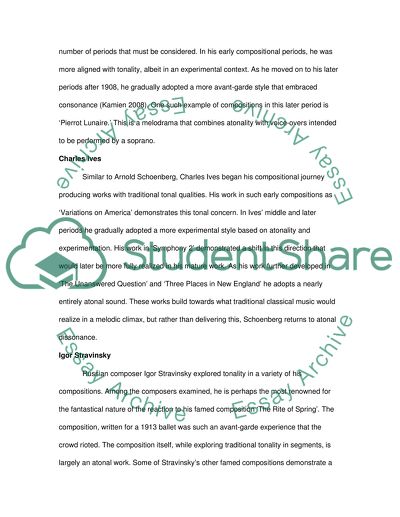Cite this document
(“Classical music of 20th and 21st Personal Statement”, n.d.)
Retrieved from https://studentshare.org/music/1420703-classical-music-of-20th-and-21st
Retrieved from https://studentshare.org/music/1420703-classical-music-of-20th-and-21st
(Classical Music of 20th and 21st Personal Statement)
https://studentshare.org/music/1420703-classical-music-of-20th-and-21st.
https://studentshare.org/music/1420703-classical-music-of-20th-and-21st.
“Classical Music of 20th and 21st Personal Statement”, n.d. https://studentshare.org/music/1420703-classical-music-of-20th-and-21st.


